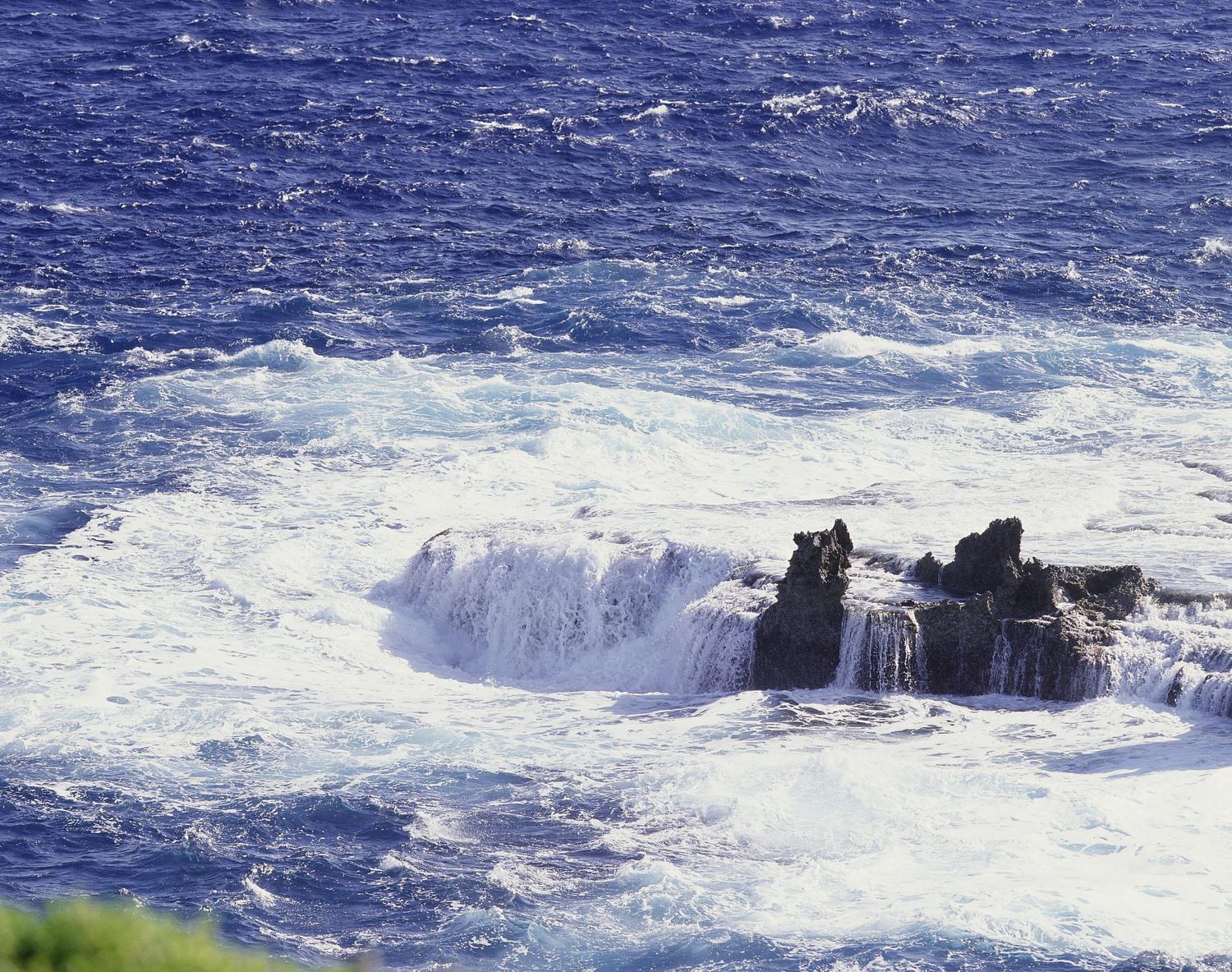“There is a total absence of data supporting the notion of a present sea level rise; on the contrary all available facts indicate present sea level stability. On the centennial timescale, there was a +70 cm high level in the 16th and 17th centuries, a -50 cm low in the 18th century and a stability (with some oscillations) in the 19th, 20th and early 21st centuries.” Dr. Nils-Axel Mörner
“Over 1000 of the world’s Tide Gauges show pure linear trends, along with minimal (mostly thermal expansion and glacial melt) increases. There are none showing any acceleration of Sea Level rise rate in tectonically inert areas.” Thomas Wysmuller, former NASA meteorologist
“The rate of sea level change was found to be larger in the early part of last century (2.03 ± 0.35 mm/yr 1904–1953), in comparison with the latter part (1.45 ± 0.34 mm/yr 1954–2003).” Dr. Simon Holgate
“Global sea level has been rising over the past century, and the rate has increased in recent decades.” NOAA
“Satellite altimetry has shown that global mean sea level has been rising at a rate of ∼3 ± 0.4 mm/y since 1993. Using the altimeter record coupled with careful consideration of interannual and decadal variability as well as potential instrument errors, we show that this rate is accelerating at 0.084 ± 0.025 mm/y2, which agrees well with climate model projections.” Nerem et al
It is not unreasonable to assume that actual global sea level rise lies somewhere between zero and ~3 millimeters per year. It is also not unreasonable to assume that the rate of acceleration of global sea level rise lies somewhere between zero and ~0.084 millimeters per year per year. However, those ranges are quite large; and, they are hardly reflective of “settled science”.
Data from tide gauges documents sea level rise of ~1.45 millimeters per year, only half as rapid as the ~3.0 millimeter per year rise calculated from satellites measurements. It is certainly possible that one of these rates of sea level rise is correct, but it is not possible that both are correct; and, it is possible that neither is correct and that the actual rate of sea level rise does not lie between these two rates.
This large discrepancy in estimates of global sea level rise would seem to argue for an expanded focus on resolving these differences. Research to resolve the differences is certainly more important and more valuable than numerous “scary scenario” studies based on unverified climate models, fed with the higher of the rate of rise estimates and the unrealistic IPCC Representative Concentrations Pathway (RCP) 8.5 scenario. These “scary scenario” studies attract the interest of the media and the public, but do nothing to advance the state of the science.
This large discrepancy in rate of rise of sea level estimates should be a subject of the Red Team / Blue Team debate proposed by EPA Administrator Pruitt. The procedures used to convert the satellite data to estimates of the rate of sea level rise should also be subject to analysis by Tiger Teams at NOAA and NASA. It is long past time to settle this aspect of climate change science.
